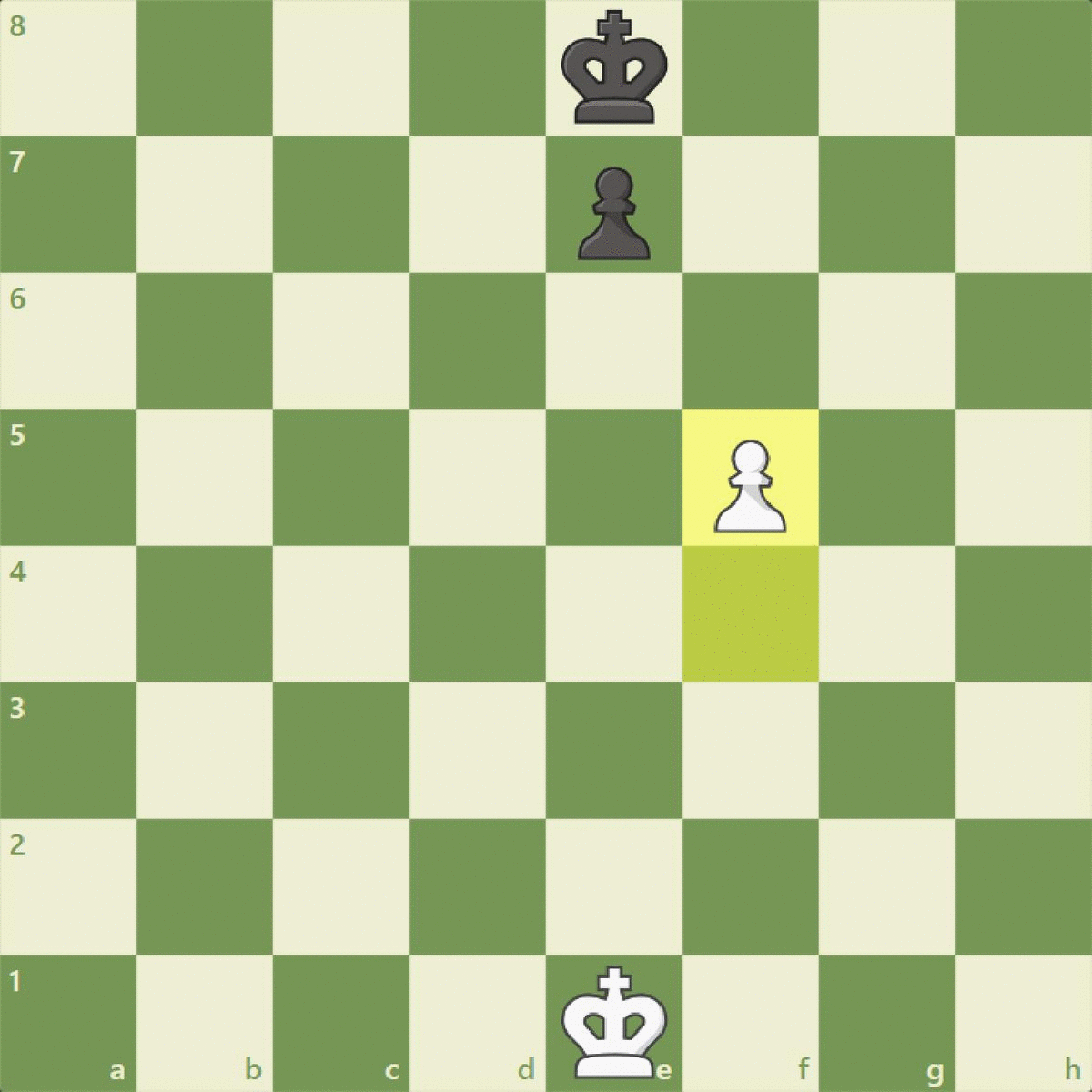A special pawn capture in chess that can occur when a pawn moves two squares forward from its starting position and passes an adjacent opposing pawn.

Introduction
En passant is one of the most unique and least understood rules in chess. It allows a pawn to capture an opponent’s pawn in a way that doesn’t seem possible at first glance. This rule, often overlooked by beginners, plays a crucial role in maintaining fair pawn structures and preventing unfair advantages.
What is en passant? Where did it come from? How does it work, and when can it be used? This article explains the history, mechanics, and strategic significance of en passant.
1. What Is En Passant?
En passant (French for “in passing”) is a special pawn capture that occurs under specific conditions:
- When an opponent’s pawn moves two squares forward from its starting position.
- If this move places the pawn side by side with one of your pawns.
- You have the option to capture the pawn as if it had moved only one square forward—but you must do so immediately on the next move.
✅ Example:
- White plays e4.
- Black plays d5.
- White then plays e5, moving the pawn two squares forward.
- If Black has a pawn on d5, they can now play dxe5 en passant, capturing the pawn as if it had moved to e4 instead of e5.
2. The History of En Passant
The en passant rule dates back to the 15th century, when chess underwent major rule changes to speed up the game. Originally, pawns could only move one square forward at a time, making pawn advances slow.
When the two-square pawn move was introduced, en passant was added to prevent pawns from unfairly bypassing an opponent’s pawn without the risk of capture. The rule ensures that the integrity of pawn structures remains intact.
3. How to Execute En Passant
Step 1: Identify the Conditions
- The opponent’s pawn must move two squares forward from its starting position.
- Your pawn must be directly adjacent to it after this move.
Step 2: Capture Immediately
- If you choose to capture en passant, move your pawn diagonally forward, landing on the square the opponent’s pawn would have occupied had it moved only one square forward.
- The opponent’s pawn is removed from the board.
Step 3: Act Immediately or Lose the Opportunity
- En passant must be played immediately—if you make another move, the option is gone forever.
4. Strategic Uses of En Passant
4.1 Preventing Opponent’s Pawn Expansion
- En passant can weaken your opponent’s pawn structure by removing their pawn before it becomes a strength.
- Example: If an opponent is trying to push a central pawn forward, en passant may allow you to disrupt their control.
4.2 Creating Weaknesses in the Opponent’s Position
- Capturing en passant might leave your opponent with isolated pawns, making them vulnerable to attack.
4.3 Avoiding Traps
- Some players push pawns forward to avoid captures. Recognizing en passant can prevent tricky pawn advances.
5. Common Misconceptions About En Passant
5.1 « I Can Use En Passant Whenever I Want »
❌ Wrong. You can only capture immediately after the two-square pawn move.
5.2 « En Passant Applies to All Pieces »
❌ Wrong. Only pawns can perform en passant.
5.3 « The Move Is Illegal »
❌ Many beginners mistakenly think en passant is a « cheat move. » However, it is a perfectly legal rule found in the official FIDE Laws of Chess.
6. Famous Games Featuring En Passant
Magnus Carlsen vs. Viswanathan Anand (World Championship 2014)
Carlsen used en passant to maintain control of the center, showing how even world champions use this rare rule to gain an advantage.
Bobby Fischer’s Endgame Mastery
Fischer recognized en passant opportunities in endgames, where capturing a pawn in passing could change the game outcome.
7. Conclusion
En passant is one of the least understood but most important special rules in chess. While it doesn’t occur in every game, knowing when to use it can give you an edge over your opponents.
Key Takeaways:
- En passant is only available immediately after an opponent’s two-square pawn move.
- It prevents pawns from bypassing potential captures unfairly.
- The rule is strategic—it can weaken your opponent’s pawn structure or disrupt their plans.
- Strong players recognize en passant opportunities to gain a positional advantage.
Mastering en passant is a small but essential step toward understanding advanced chess tactics. Be sure to look out for it in your next game!

